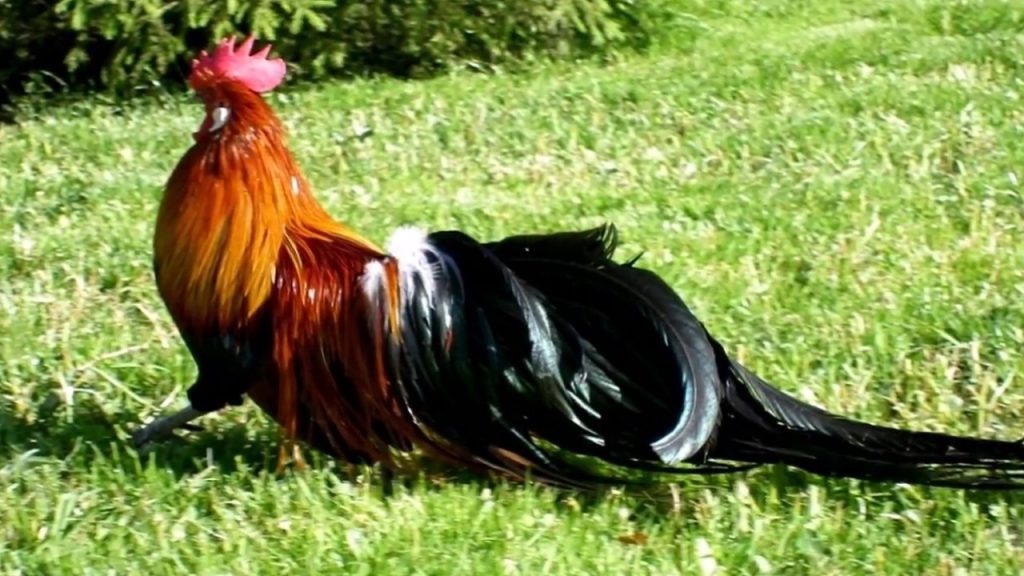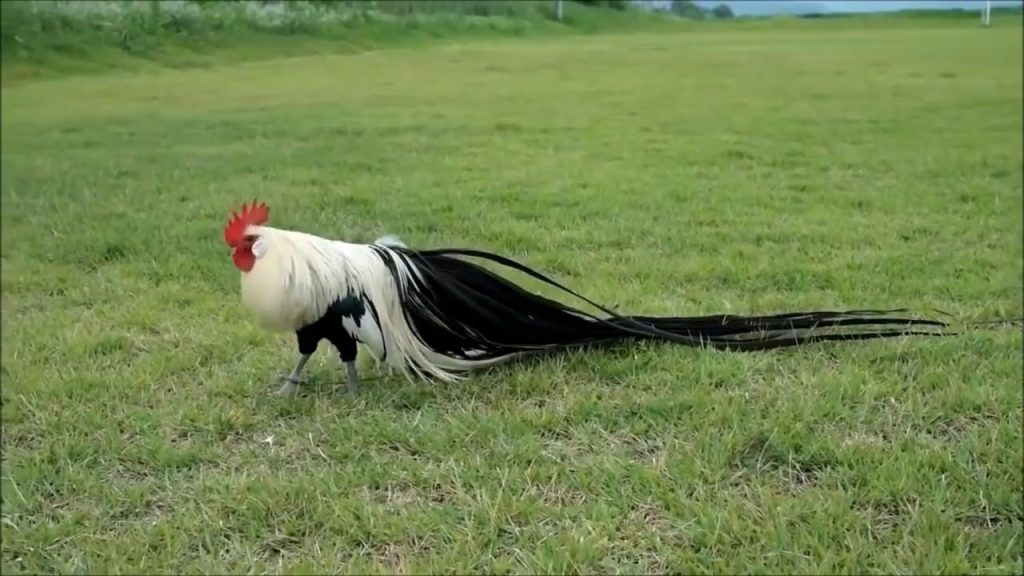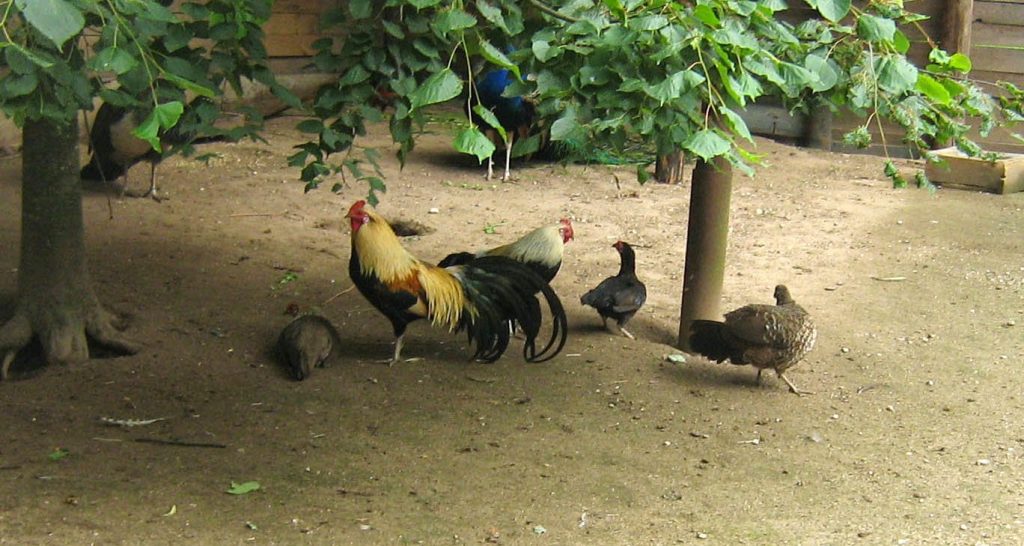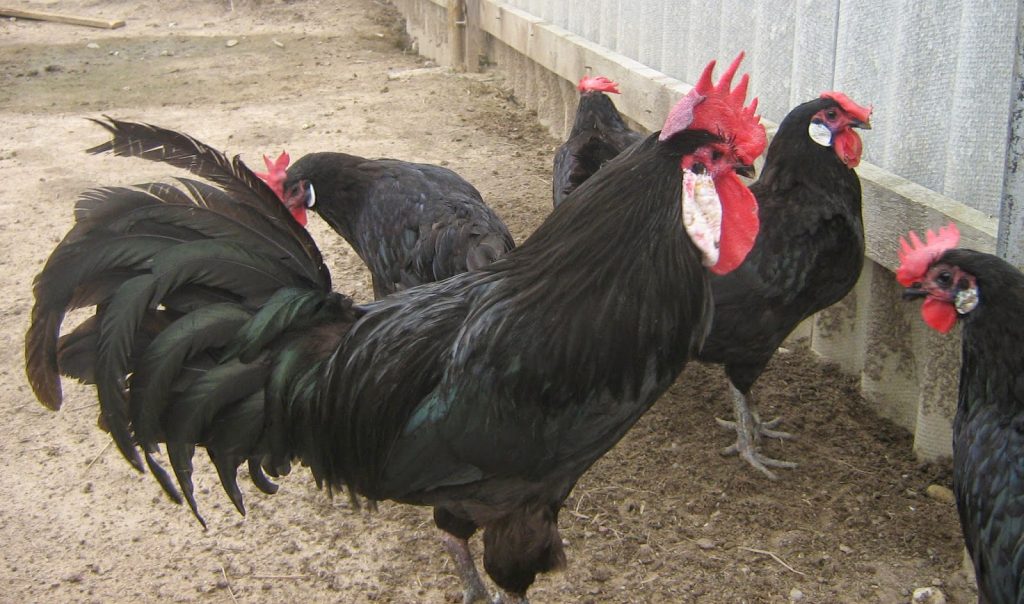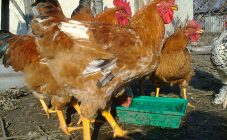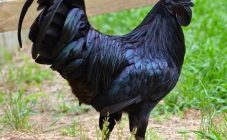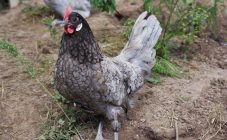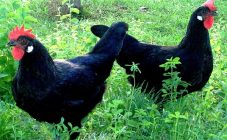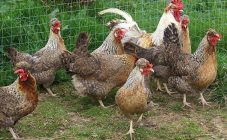This breed has a special place. The selection, thanks to which this breed of chickens was created, began a long time ago. This chicken is popular because it is believed to bring happiness and prosperity. The article will tell you in more detail about what the Phoenix breed of chickens is.
general information
This is a breed of long-tailed chickens. She appeared in China. After that, it went a long way of breeding in Japan. European specialists have also made a great contribution to its development.
In Japan, birds of this breed were bred for the needs of the imperial family. Ordinary people were forbidden to eat them. In this country, the tradition is still alive that only wealthy and influential families can eat chickens of this breed.
Breeding work with this breed lasted for many years. Gradually, experts managed to get rid of one of the chicken genes, which is responsible for the seasonal molting of poultry.
In common rooster breeds, the tail length reaches 90 centimeters. In the Phoenix breed, it can grow without interruption from molting for five consecutive years. As a result, its size can reach three meters.
Features of the breed
The egg production of this breed ranges from 50 to 100 pieces. This characteristic is significantly influenced by the nutritional characteristics, as well as the conditions of the chickens.
The main reason why birds of this breed are kept is for decorative purposes.
The classic representative of the breed has the following features:
- The Japanese rooster has a large mane. Its length is average.
- The head is small. The comb is level and gray. At the same time, it should not bend. The beak of this bird is of average size. The eyes are orange.
- The tail at the age of one year does not exceed 90 centimeters in length. According to European rules, it grows no longer than three meters. In Japan, standards stipulate lengths up to 10 meters. These chickens are easy to spot.
- The body of Phoenix females is slender, set on high. The plumage may touch the ground while walking.
- At the feet of this breed, the length is standard. Their color is gray with blueness.
- By weight, Phoenix chickens are usually equal to two kilograms, males - 0.5 kilograms more.
The color of the breed can be different. There is no standard color scheme.
In appearance, chickens are slightly smaller than roosters in size, they look more graceful. The body is lower, the ridge is erect, and has a small size. The tail is large, the tail feathers are saber-shaped, located horizontally. Sometimes spurs may form on the legs.
The description of the Phoenix chicken breed provides that the presence of five standard types of colors is characteristic:
- The chicken has a red band around its head. The feathers are black. The upper part of the body is characterized by a brown color, while there are black blotches.
- Another color option is also common. In this case, the chicken's neck is golden yellow. In a rooster, the loin has a golden hue. The tail feathers are black, while they have a green tint.
- The head has a rich orange color. It turns red in places. The chicken has a lighter head than the cockerel. The tail in this color variant is black.The shins and belly are the same color, however, slightly lighter.
- With this color option, the entire bird is white. Any color shades are not allowed.
- In this case, the neck is light, there is a black stripe on it. The body of the Phoenix rooster has a silvery tint. Feathers are painted white. The tail is black with a green tint. These feathers shine in the sun. The body is gray.
There are a number of signs in the presence of which pedigree males cannot pass the test for breed purity:
- One of the distinctive features of the breed is the proportional build of the birds. If this is not the case, then the Phoenix chicken is discarded.
- The length of the feathers is essential. If it is insufficient, then the check has failed. This characteristic is especially carefully checked in males.
- It is also important to pay attention to the color of the earlobes. If they are red, then there is no need to talk about the purity of the breed of the tested bird.
- One of the signs of pedigree is the presence of a narrow plait. If this sign is absent, it means that the purity of the breed is violated.
- The hock must be neither yellow nor white.
Checking the thoroughbredness and culling of Phoenix chickens occurs when the birds reach the age of three.
Breeding process
It takes a lot of work to get a thoroughbred bird. To create suitable conditions for Phoenix chickens for growth and development, you need to ensure that the hen house has a suitable temperature, equal to 10-12 degrees of heat. Under no circumstances should it fall below five degrees.
Good natural ventilation is essential. If you get a decrease, the oxygen content in the air decreases, chickens feel it very strongly.
It is necessary to ensure that the litter on which the birds sit is not only dry, but also warm.
It is important that it does not reach the ground. Therefore, the height of the perch is selected so that the tail, hanging down, does not touch the ground.
In addition, chickens should be allowed to disinfect their feathers. To do this, you need to prepare boxes with dried sand and ash.
To combat possible diseases, it is recommended to thoroughly disinfect the chicken coop every year. As a result of its implementation, pathogenic microbes, harmful insects, and parasites are destroyed.
Walking the Japanese long-tailed rooster is required daily. The only reason that can justify the absence of a walk is bad weather: snowfalls, showers, gusts of strong wind.
One of the features of breed chickens is that they are bad brood hens. They cannot be relied upon to hatch the chicks. Therefore, they act by a different method: they take their eggs, then either grow them in an incubator, or give them to hatch other hens.
If the hatching regime is observed, the hatching rate reaches 95%. Chicks' vitality is assessed as average.
For raising birds, a chicken coop should be built on an elevated and protected from the wind. It is necessary to control the availability of suitable lighting. It must comply with existing sanitary standards. If the structure is made of wood, it will help maintain the required level of humidity.
It is recommended to use sawdust, peat or finely chopped straw to make the bedding.
When roosting for chickens, a suitable place must be provided for them. This is usually done in places that are farthest not only from the entrance, but also from windows and vents. It is desirable that the perches are darkened. One bird is usually taken to take 35 centimeters of its length.
It is not recommended to use cages when growing Phoenix chickens. If you neglect this recommendation, the quality of chicken feathers deteriorates sharply. It should be remembered that appearance is one of the main advantages of the breed.
If the tail has not yet grown longer than two meters, then walking can be done without supervision. If it is longer, the walks are supervised. In order to prevent injury to the tail, feathers are sometimes wound on special papillotes.
Breed advantages and disadvantages
This breed is not intended for food production. Neither eggs nor fowl are eaten. Phoenix chickens are bred for decorative purposes. Beliefs that the possession of this bird can bring happiness and well-being play an important role.
